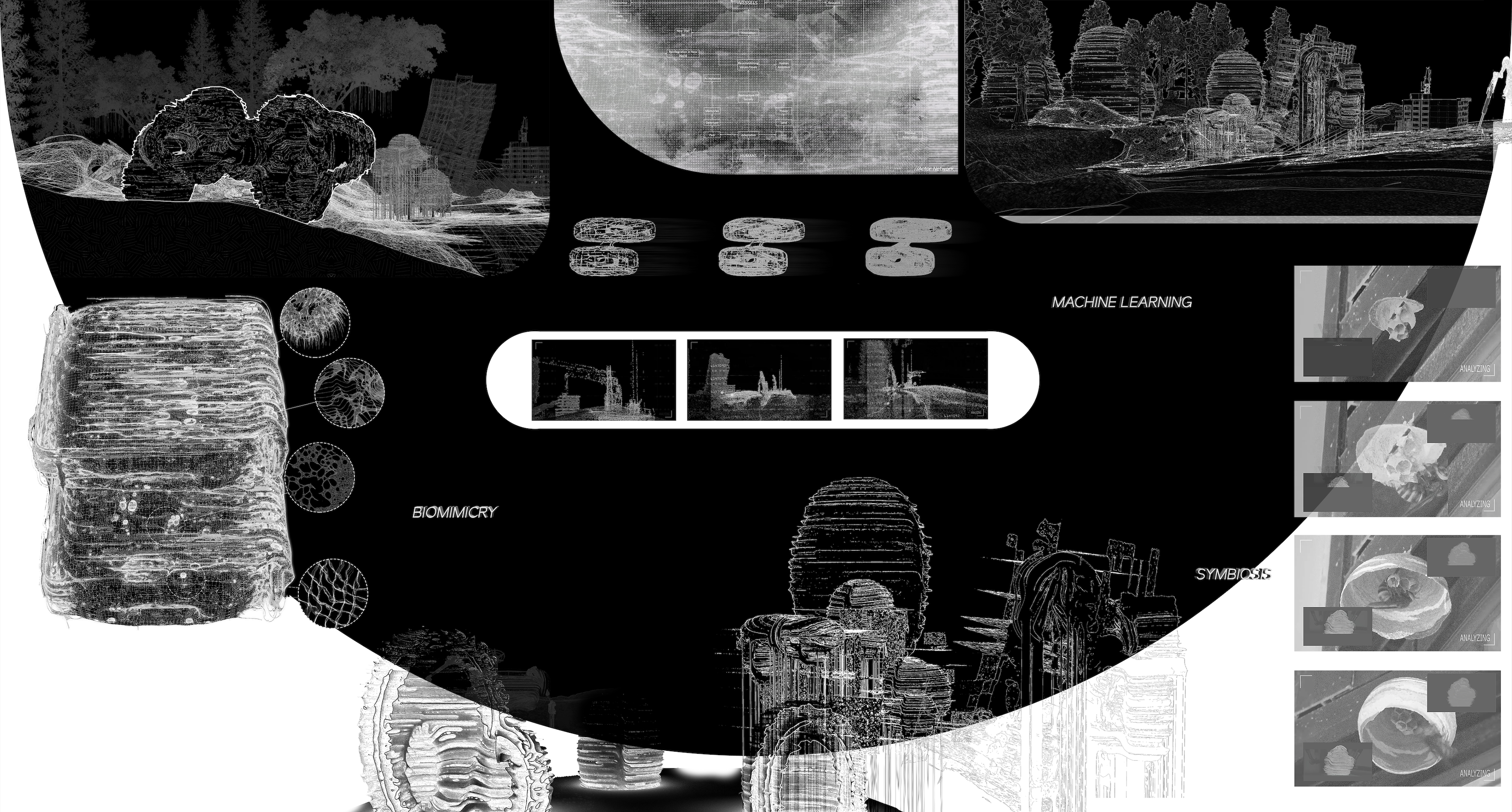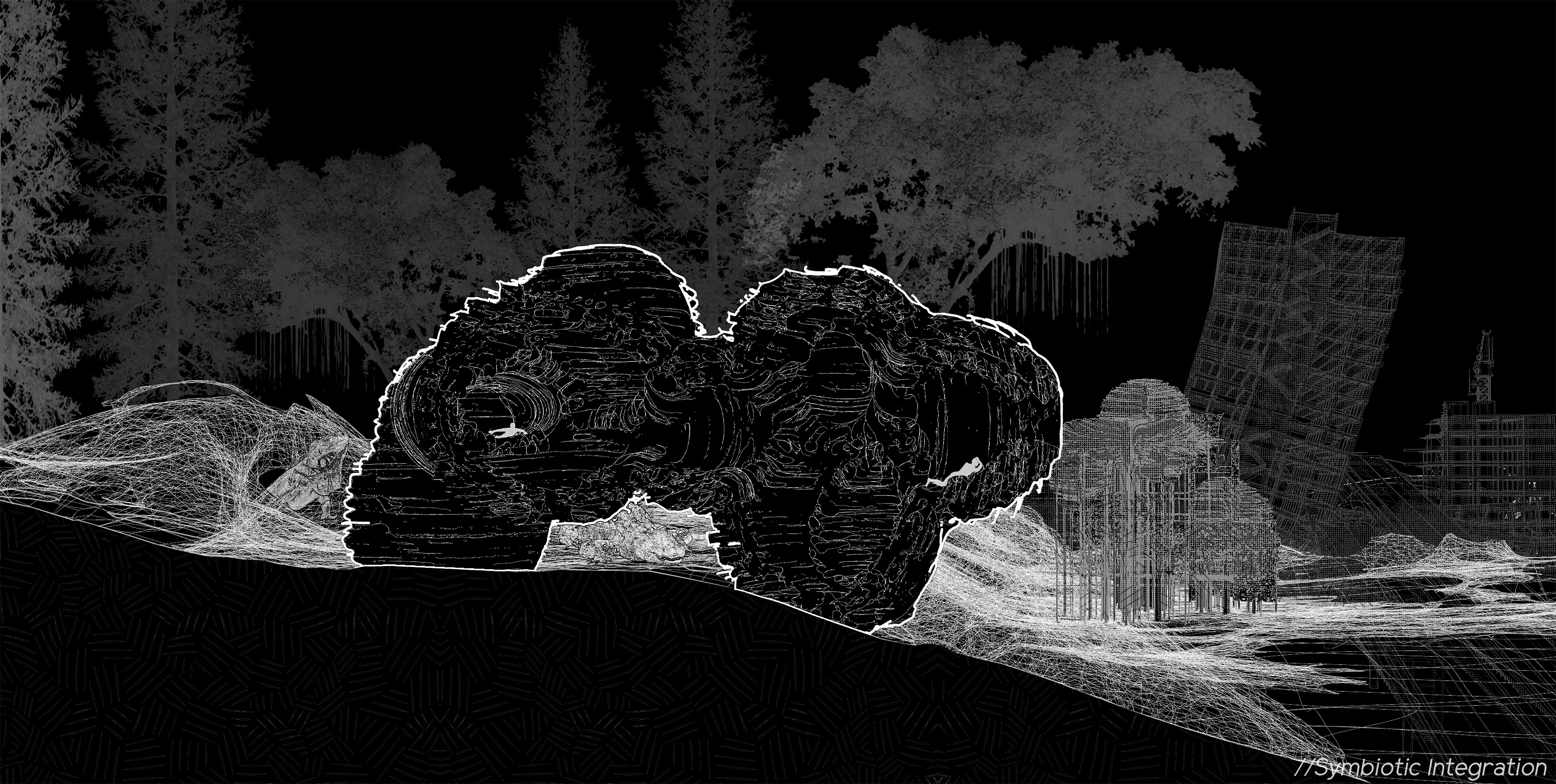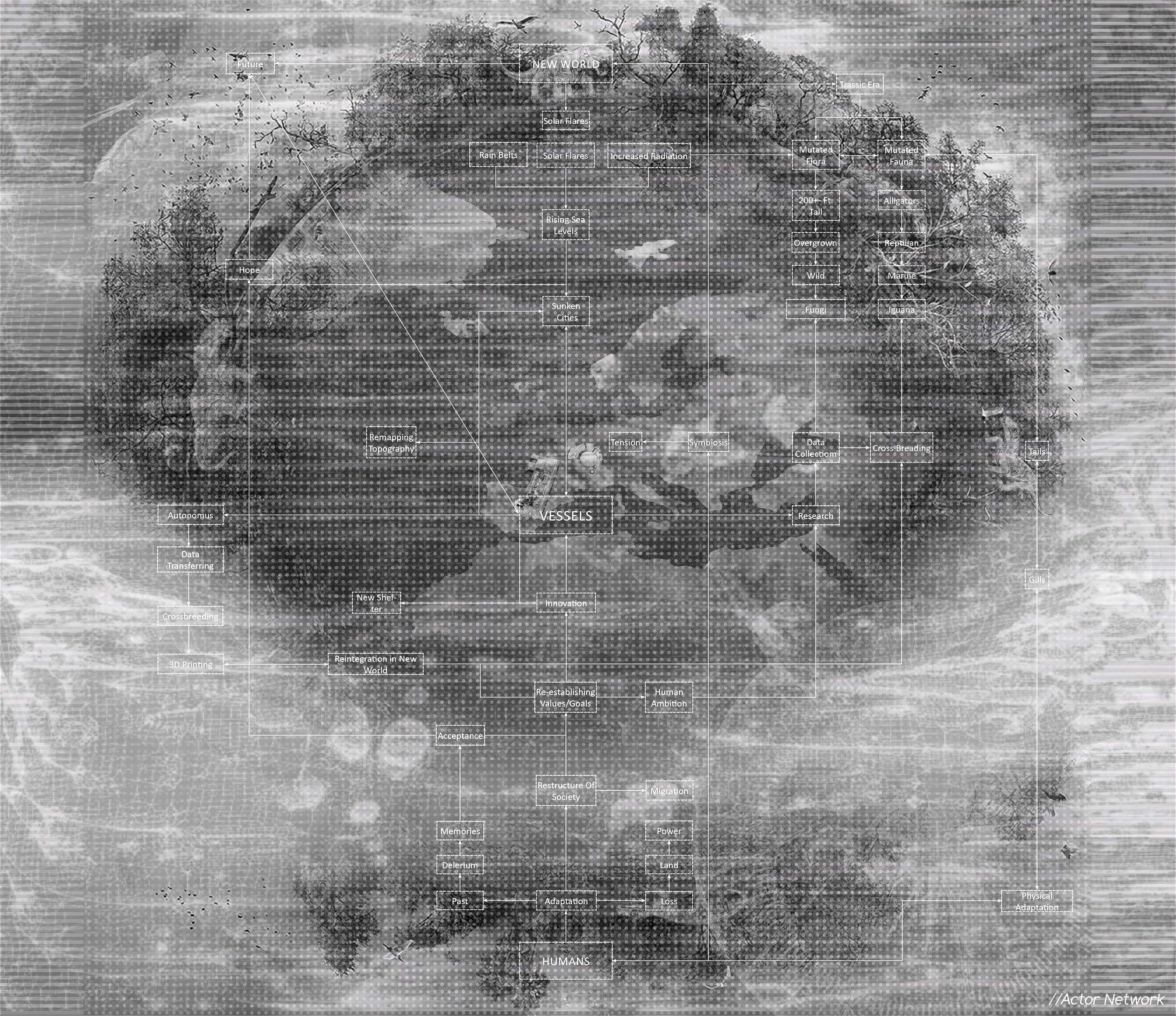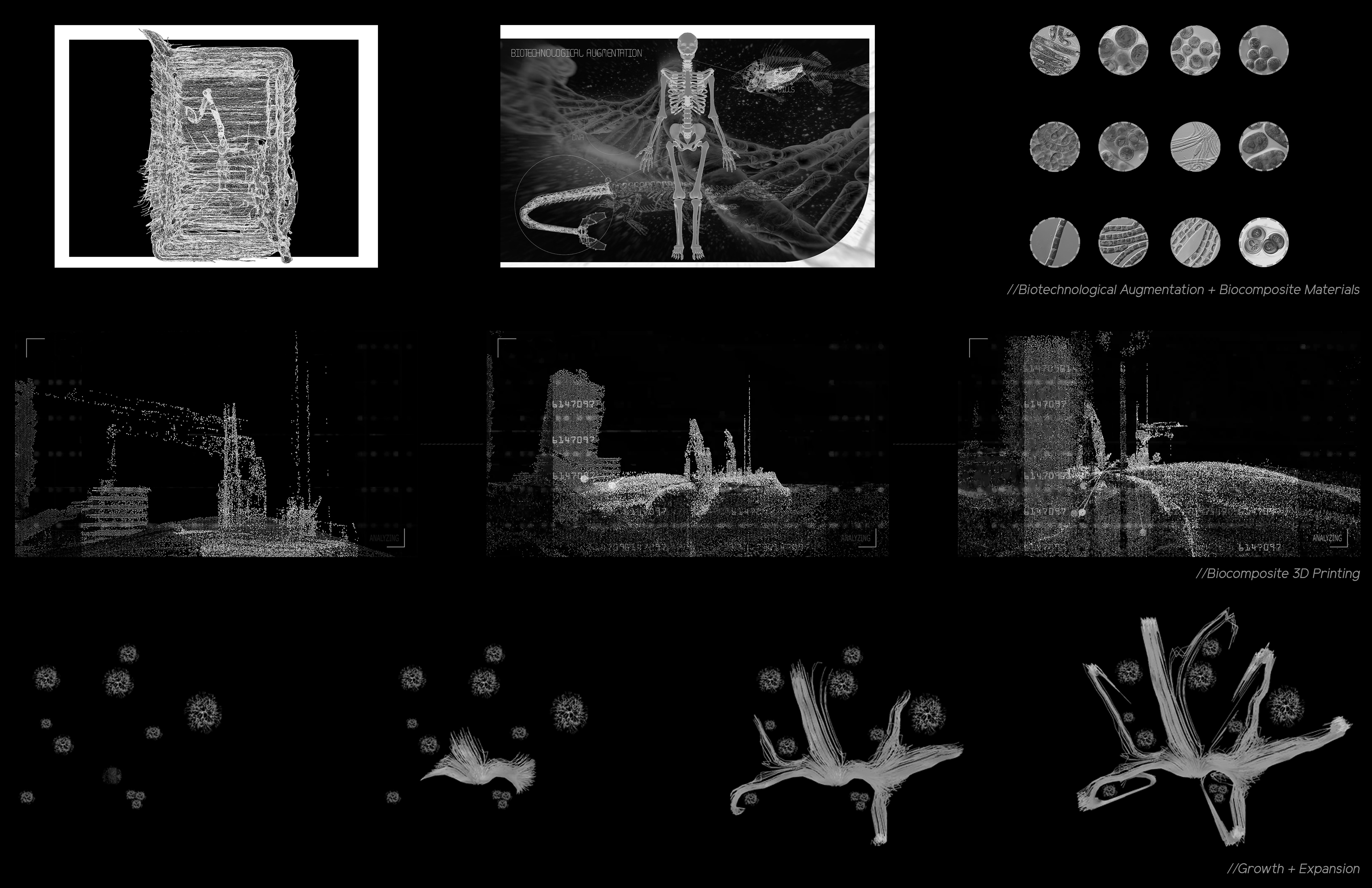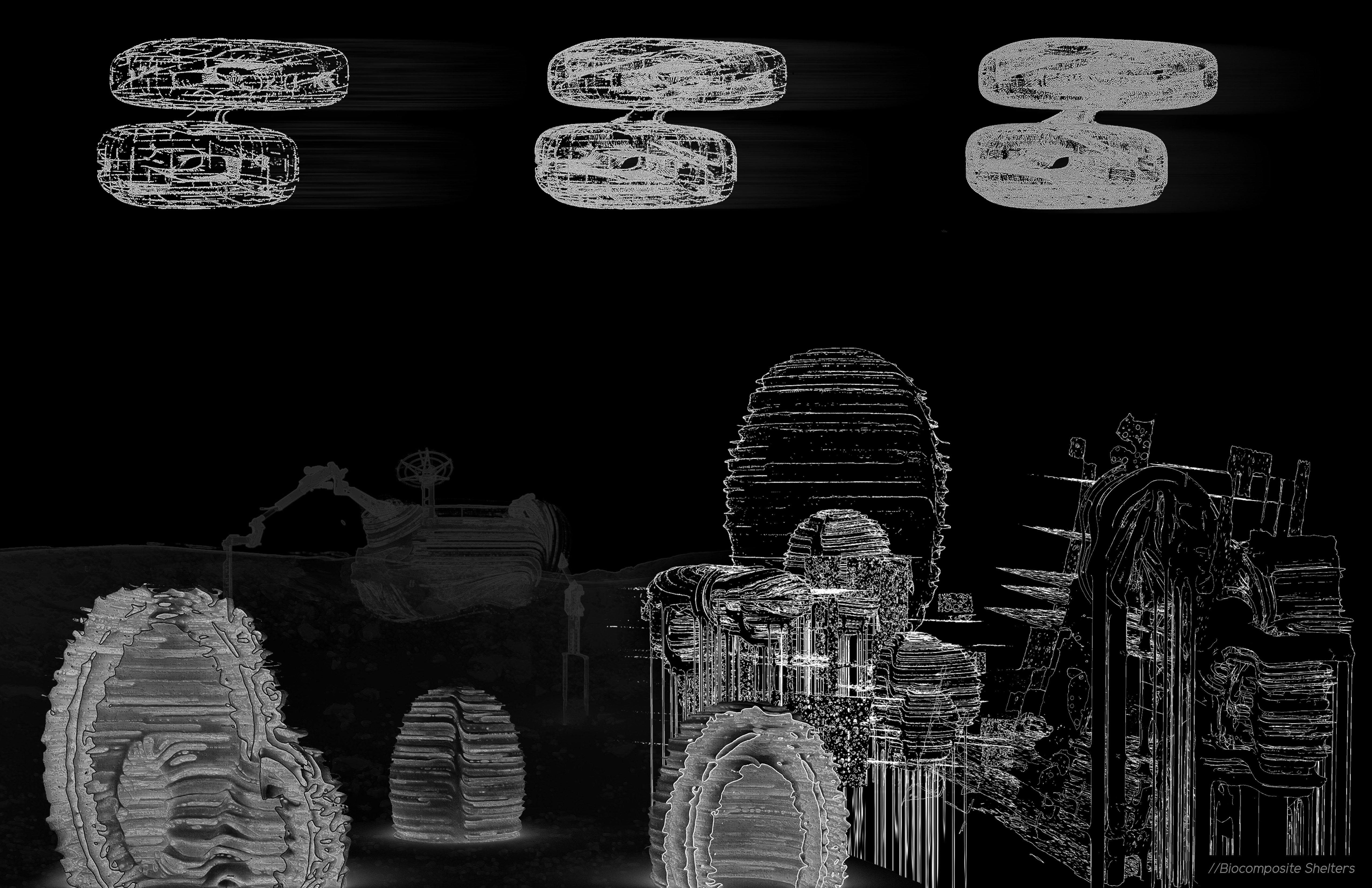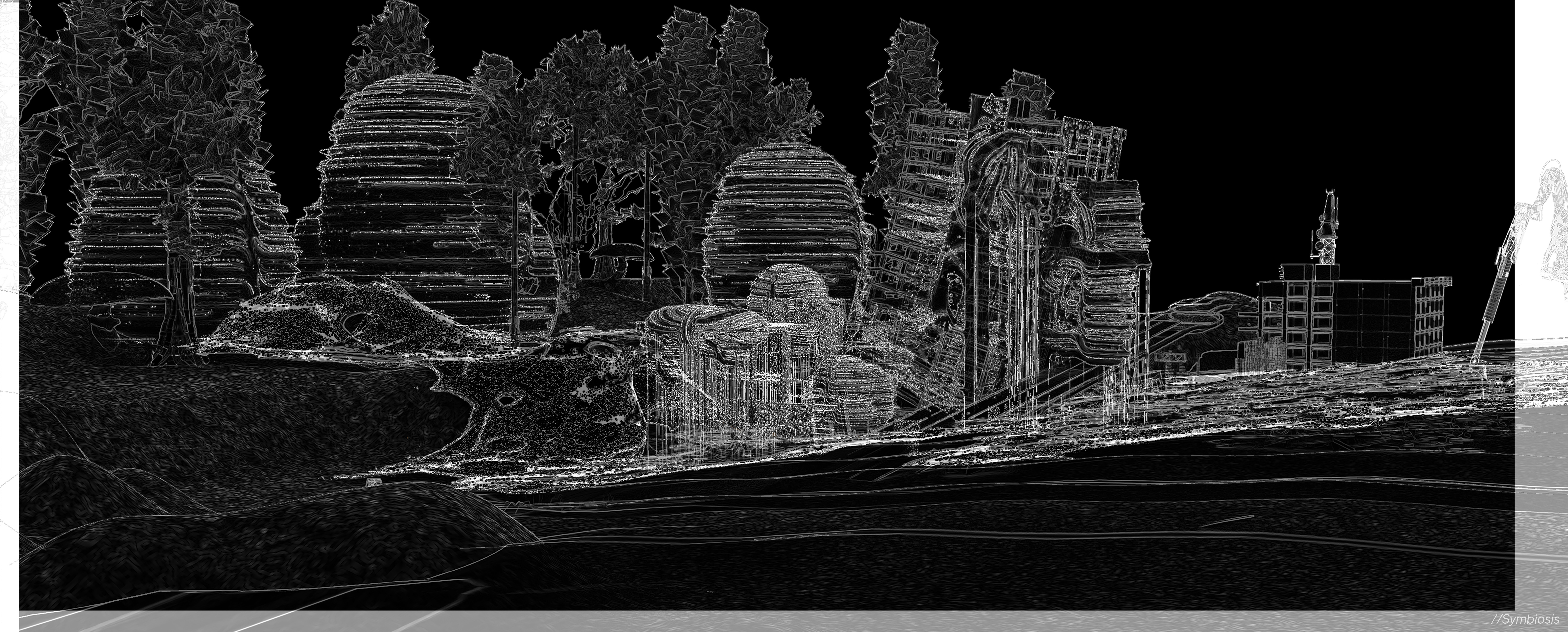PROFESSOR
KATHY VELIKOV
STUDIO
CLIMATE SF
Climate SF cultivates ways to think and work on the condition of climate change that go beyond the technological mindset of conventional environmental design.
The studio starts with stories that make worlds in the context of a changed climate. Climate SF novels by authors such as Ursula K. Le Guin, J.G. Ballard, Bruce Sterling, Octavia E. Butler, Margaret Atwood, Pablo Bacigalipi, Kim Stanley Robinson. We consider these texts not as futurisms but as “the realism of our time.” They critically explore not only the possibilities of technology but the political, social, ideological, and ecological systems within which it is entangled. We immerse ourselves in the worlds of these narratives as a design site and milieu. The work of the studio operates tendril-like, trading strings with these authors in multiple directions. If architecture is to think beyond its current condition, it is our prerogative to pull open the spaces of our world, to imagine alternative possibilities, to prototype these fragments, and to explore their implications.
In dialogue with each novel’s worldbuilding, its socio-political framework, and its environmental agency, students project, propose, and explore their novel's architectures, micro-architectures, and urbanisms in further detail. Student projects expand on the thought experiment of the novel through the media of design and material speculation. Drawing on the practices of “design fiction,” these are spatio-material experiments that develop new fragments of the possible; a possible existence within the societal context of a changed and rapidly changing climate.
︎︎︎BACK ︎
MARÍA ARQUERO DE ALARCÓN + ANA PAULA PIMENTEL WALKER**
Volume 01 + 02
CRAIG BORUM
Chen Huang
Yunyan Li
EL HADI JAZAIRY**
Judith Mendoza, Rosa Manzo, Tessa Broek
Renwei Liu,
Lu Li
MICK KENNEDY
Chun-Li Julie Chen
Ellis Wills-Begley
JEN MAIGRET
Nicolai Carlson, Megan Clevenger, Song Gao
Yuyan Wang, Xiangqi Wen, Haoyu Zhou
ROY STRICKLAND**
Kael Fineout
Victoria Wong
GEOFFREY THÜN**
Marco Nieto, Kady Cramer
Ian Eichensehr,
Jonathan Levitske,
John Lozinak
KATHY VELIKOV**
Gina Laudato,
Jasmine Wright
Fernando Rosas, Madison Wong
STUDENT WORK
FERNANDO ROSAS,
MADISON WONG
“THE SYMBOTICS PROJECT”
Exploring the possibilities of creating a new world where biology, intelligent machines, and systems can begin to co-exist and co-evolve in a drowned world as the landscape gets hybridized with responsive technologies. The diegetic prototype can better process and respond to the variables and multi-scale inputs from their environment. Ultimately, this project speculates on what AI technology and bio composite 3D printing can offer for the future practice. It raises questions about sustainability, alternative building methods, social and political implications, and where the architectural profession could start heading as global warming continues.
Part I
Part II

